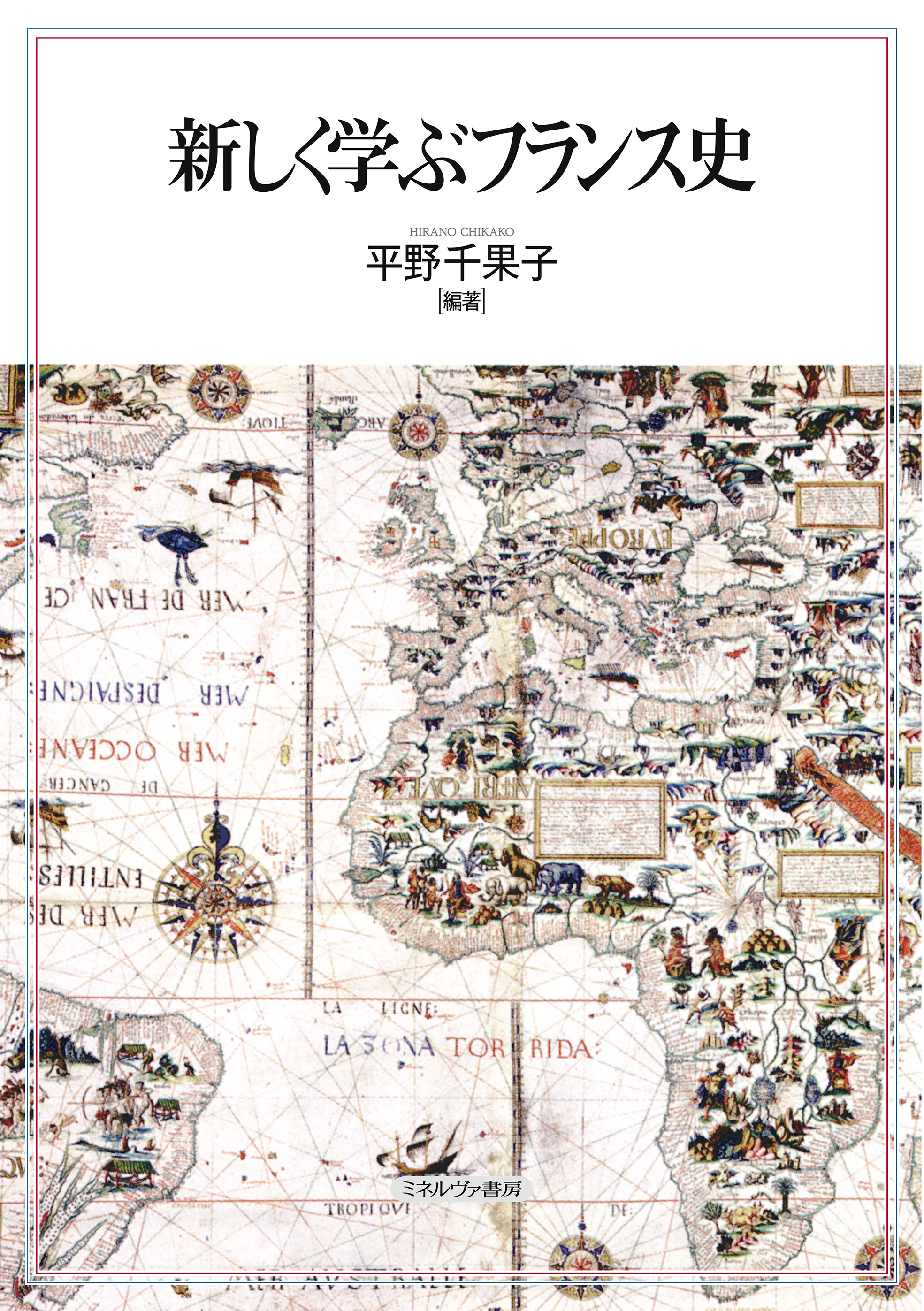
Title
Atarashiku Manabu France-shi (A New History of France)
Size
362 pages, A5 format
Language
Japanese
Released
November 30, 2019
ISBN
9784623085989
Published by
Minerva Shobo
Book Info
See Book Availability at Library
Japanese Page
A famous philosopher said, “History is not the soil in which happiness grows. The periods of happiness in it are the blank pages of history.” If this is literally true, countries whose presence in textbooks are significant, have experienced a sort of unhappy history; France’s presence in textbooks has been as such since the modern era. Textbooks describe the resilience of tradition and dynamics for change, in addition to the vicissitudes caused by constant revolutions and disasters caused by war.
Generally, history textbooks adopt a multifaceted approach; while this is important, it is also vital for the content to be articulated such that the reader can conceive some kind of historical picture. To that end, A New History of France emphasizes the diversity and plurality of French society by highlighting three aspects: relation and communication with the rest of the world, power and place of religions, and the status and role of women.
Until recently, French history’s image was dominated by the Revolution of 1789. Today, it is well known that France, like the United States of America, is a “country of immigrants.” It must be noted that the population influx and colonialization were not the sole “relation and communication with the external area.” As European maps indicate, France is strategically located with regard to land and maritime communication; as a result, the French had accumulated economic and cultural exchange attributed to their interest in the external world. Concerning religion, despite the Catholic Church being seriously damaged during the French Revolution, its political and social influence continued to be important and exercised on different occasions. Furthermore, religious mentality and culture subsist until today and even permeates French republican culture, of which secularism is a principle. Women in French politics and society were considered marginalized. However, the evidence indicating the active role of women in revolutions and political movements (e.g., Liberty Leading the People) proves otherwise.
The chapter I wrote extends from 1815 to 1870, i.e., from the final defeat of Napoleon Bonaparte to that of his nephew, Napoleon III. This period, separated by two lost wars, saw a succession of monarchies interrupted by a short experience of being a republic (1848-1852). In historiography, its image was negative, characterized by the suppression of freedom and democracy by the Vienna System, followed by the Second French Empire. Contrastingly, the Vienna System permitted Europe to avoid international conflicts, which resulted in economic development and cultural prosperity under the Second French Empire. It is to be noted that despite being a republic, France formed a large colonial empire, and participated in the two World Wars. Thus, French history demonstrates that justice and peace are not necessarily brought about by a democracy.
(Written by NAGAI Nobuhito, Associate Professor, Graduate School of Humanities and Sociology / 2021)



 Find a book
Find a book


